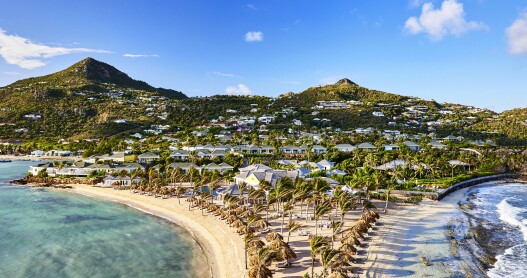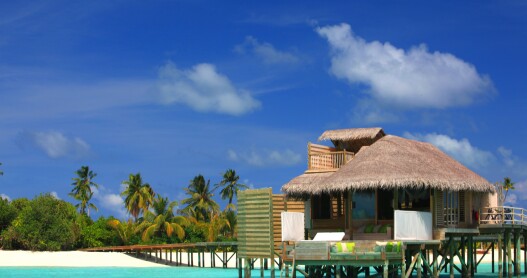Overview
When’s the best time to go to Dominica?
Dominica’s tropical climate doesn’t waver much, averaging a balmy 75°F in winter and a steamier 86°F come summer. Mist and rain keep the island lush year-round, especially at higher, cooler elevations. The weather tends to be driest and sunniest from mid-December to mid-April, so expect peak prices and crowds then. Other busy times include February during Caribbean Carnival and October during the World Creole Music Festival. If you’re planning to visit in the off-season, keep in mind that many businesses shut down in September and October, when hurricanes are most likely to hit.
How to get around Dominica
Most international travelers fly into Douglas-Charles Airport (DOM) via Liat, Winair, or Seaborne services from other islands. The airport has an ATM and a taxi rank with clearly marked and regulated prices. For travel by sea, L’Express des Iles runs high-speed ferries between Guadeloupe, Dominica, Martinique, and Saint Lucia. Buses run throughout Dominica, but in a rather improvised fashion without terminals or schedules; vehicles just circle until they fill. Car rentals are an option for bold souls who don’t mind navigating fast traffic on steep, winding roads—all while driving on the left. If you’re up for it, buy a $12 temporary license.
Food and drink to try in Dominica
Dominicans take great pride in their cuisine, which centers around fresh, organic ingredients. Expect plentiful vegetables and seasonings, plus very well-cooked meat (a holdover from the pre-refrigeration era). Fish and chicken dominate lunch, the main meal, along with “provisions” like boiled yam, taro, or sweet potatoes, sometimes livened by plantains and breadfruit. Menu highlights include crab backs, curried goat, and chatou water (octopus soup). Vegetarians will thrive on dishes like rice and peas, and callaloo (taro leaf) soup. Wash it all down with fruit juice, coconut water, or sorrel (hibiscus tea), plus local rum and Kubuli beer.
Culture in Dominica
The Kalinago people were the first to settle Dominica, but Christopher Columbus is responsible for the country’s modern name, which means “Sunday Island.” Even still, Dominica managed to evade colonization for 270 years after Columbus arrived, thanks to its rugged, rain-forested mountains, which acted like citadels for the indigenous Kalinago as well as for African slaves who escaped from European settlements and neighboring islands. Eventually, French and British occupations took hold, mixing European traditions with an already established Caribbean culture.
Today, nature is the focus on Dominica, whether you prefer sunbathing on sandy beaches, diving in well-preserved reefs, or hiking on the Caribbean’s first long-distance trail. Should you also wish to learn the island’s history, visit sites like Cabrits National Park and the indigenous interpretive center, Kalinago Barana Autè. The island’s main festival, Mas Domnik (Carnival), takes place in February.
Can’t miss things to do in Dominica
Nature takes center stage on Dominica. Tropical rain forests swathe the island’s mountainous heart, making for an ideal spot to bird-watch or hike the famous Waitukubuli Trail, which runs 115 miles north to south. Water-lovers can splash in jungle grottos like the Emerald Pool, plunge into a flooded volcano crater that still bubbles at Champagne Reef, or simmer in a hot spring at Screw’s Sulfur Spa. Dominica is also the most reliable place in the world to spot sperm whales.
Practical Information
Upon arrival in Dominica, U.S. travelers are required to present a valid, up-to-date passport to immigration officials, along with a government-issued I.D. and a return ticket. Dominica’s official language is English, though a large portion of the population also speaks Kwéyòl (based primarily on French and Carib vocabularies and a syntax borrowed from a variety of West African indigenous languages). While the local currency is the Eastern Caribbean dollar (EC$), businesses across the island also accept U.S. dollars. The voltage is 220 V and the electrical outlets are Type D (three round pins) and Type G (three rectangular pins).
Local Resources
Another Dominica: a magazine helmed by Paul Crask, author of the island’s only standalone guidebook










